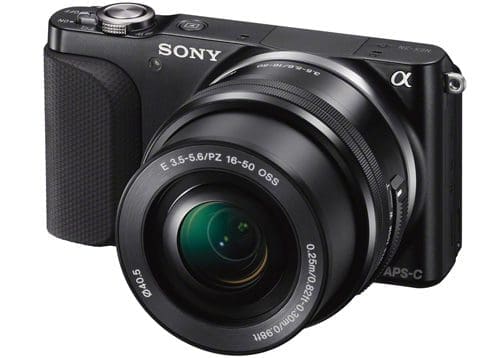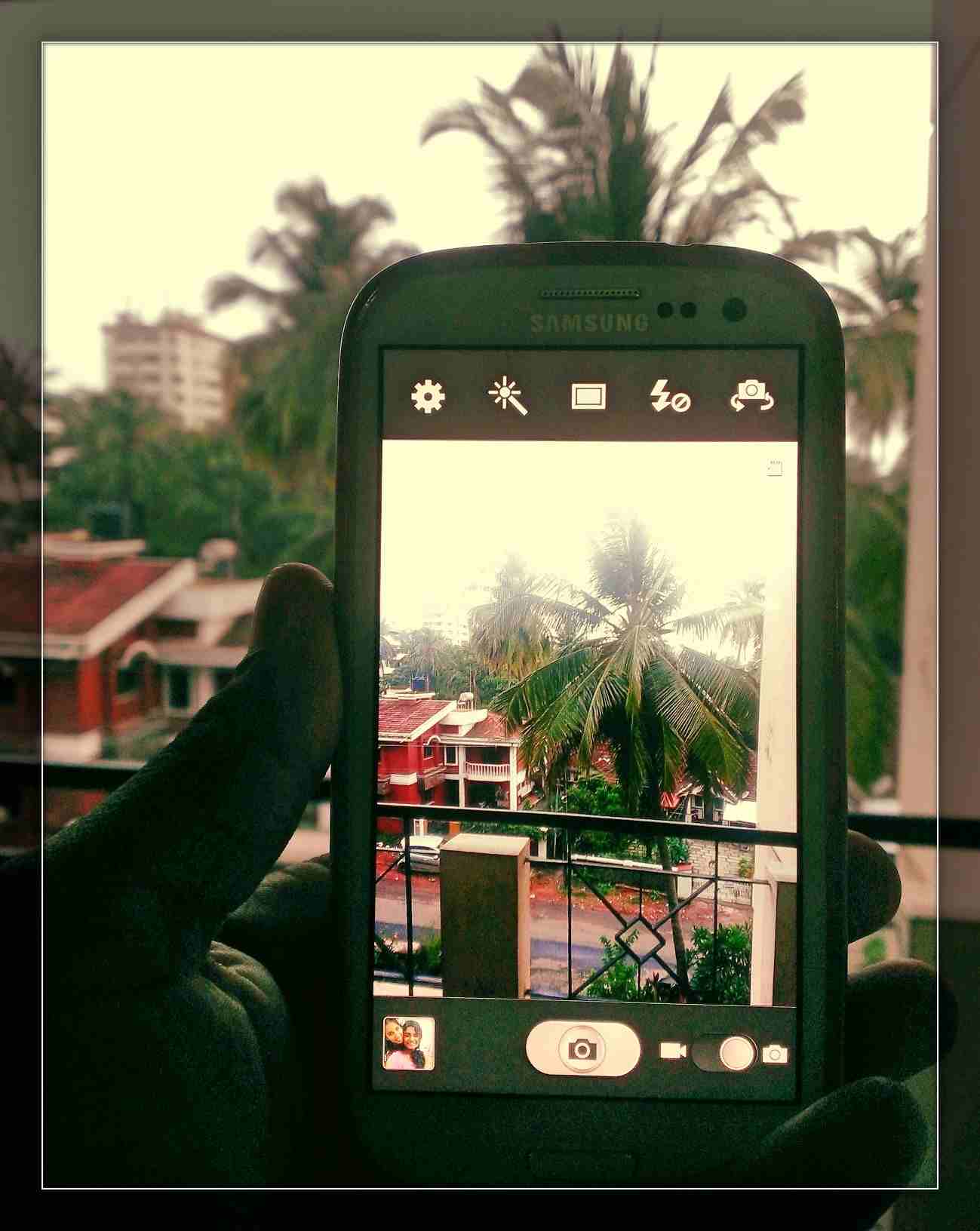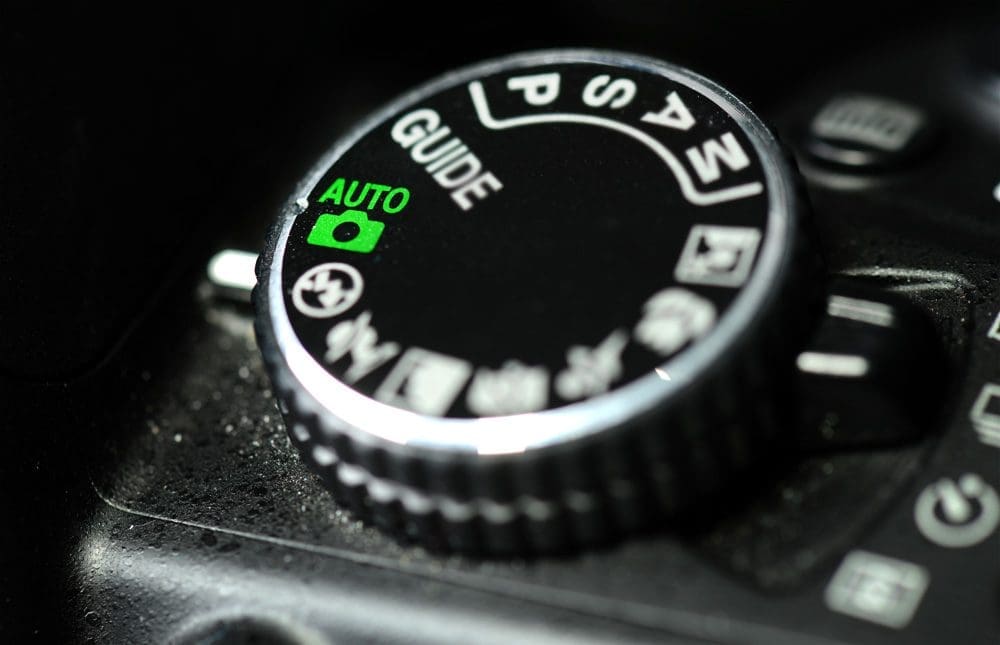
When shooting film, you either took the film to the lab, or developed the film yourself. During this “process”, you had the opportunity to further tweak the image to produce the desired effect. In the days of film, it may have been the case that you would have made several test prints until you reached a result that you were happy with.
When shooting a digital camera, your camera automatically does “post-process” to produce a JPEG image. The camera has a tiny little computer that does a few specialized calculations on the information captured by the camera’s sensor, and produces a “ready-to-print” image. Many cameras offer settings which will allow you to control the “final” output, but ultimately the camera is doing post processing.
Now let’s look at the more specific question, “Is it required to edit photos on the computer”. The answer is “depends”. If you look at my example about the camera’s little computer creating the image, think of post-processing with a computer and your brain, as like processing your images with like a NASA super computer. Instead having a little computer constrained by it’s own designs, you have a human with all it’s strengths and flaws, creativity, life experiences, knowledge, etc manipulating the image. Clearly the human computer has more capacity to create something more than just a mere visual representation of a bunch of sensor data. But that same human can totally screw things up, producing an image that is terrible compared to what was done by in-camera processing.
No amount of post processing can fix a poorly shot image. The closer your initial image is to “perfection” the less time you will need to correct flaws in your image, and the more time you will have to make the tweaks to finish off your image.
But there are limits to what you can do with your camera. You may not always be able to frame your image in a way that is compelling, and remove that unsightly powerline. Or, perhaps you didn’t notice the piece of trash that ruins an otherwise lovely shot of your daughter at the park. Whatever the case, the post-processing step can fix these issues, and add the proper enhancements to your photo.
Post processing is nothing new. Back in the days, people often spent more time in a darkroom “correcting” than they did out in the field exposing. It has always been a tool for a photographer.
Back in the days, your photos were limited by the quality of your lens and film. Given equal skill and identical subjects under identical conditions, the photographer with the better glass and film will produce a better image…without post processing. The “magic” in the darkroom can make a great shot into a wonderful photograph. Conversely, it will never make a bad shot good. It can make a bad exposure better, but it’s still a bad exposure.
The same is true today, only now, our limitations are the processing power of our cameras. Each camera’s processor is limited in the amount of sharpness, contrast, and saturation that it has the ability to render. Again, same subject under identical conditions with equally skilled photographer, the one with the better processor gets a better image before processing.
Step into the digital darkroom, and you can correct or overcome these limitations, by increasing your processing abilities with a computer.
Today, we have a world of tools available to us. Believe it or not, 90% or better of the tools in your average photo editor are based entirely on techniques used in the darkroom, masking, layering, merging, super-imposing, double-exposure, contrast, dodging, burning, sharpness, exposure levels, brightness, all of these things are completely adjustable in a darkroom as well as the computer.
Obviously, the ease with which we can use the computer programs versus the skill of a darkroom technician makes it really easy for anyone to create outstanding fantasy and unrealistic images, even pop art and surreal abstractions. So the question is really not a matter of IF you post process, but how much.
Post processing doesn’t always mean “fixing” everything. It often means subtle adjustments, just to give your shot more “pop” and visual attraction. You still need to start with a good shot, or you will never have a wonderful photograph.
With that thought in mind, I will end today’s column. Looking forward to your comments in the section below. Any queries/suggestions/contributions can be sent over to [email protected] or [email protected].
Thanks!




Be the first to comment